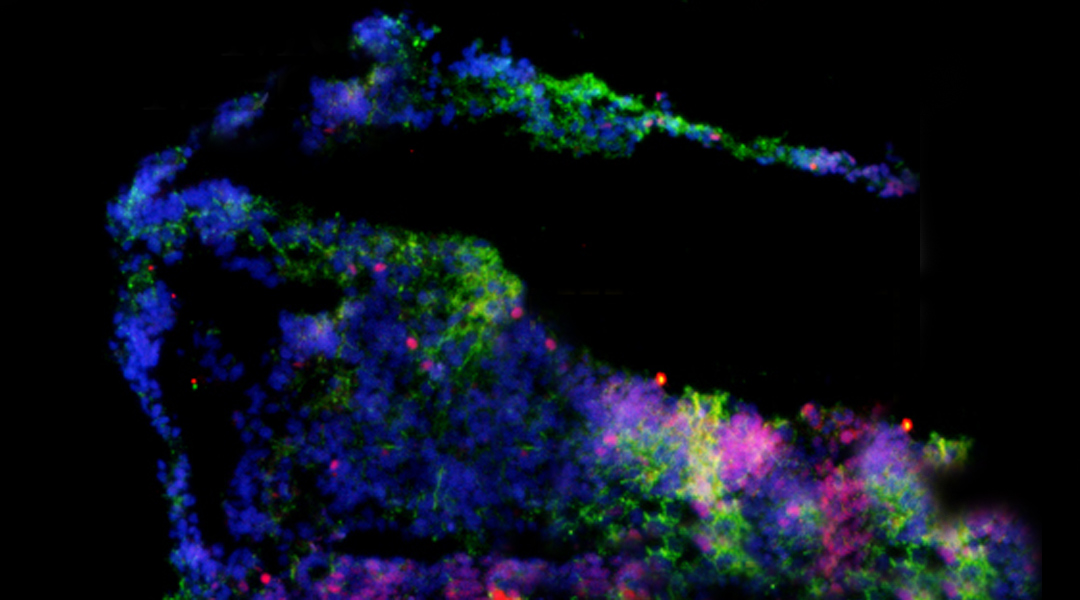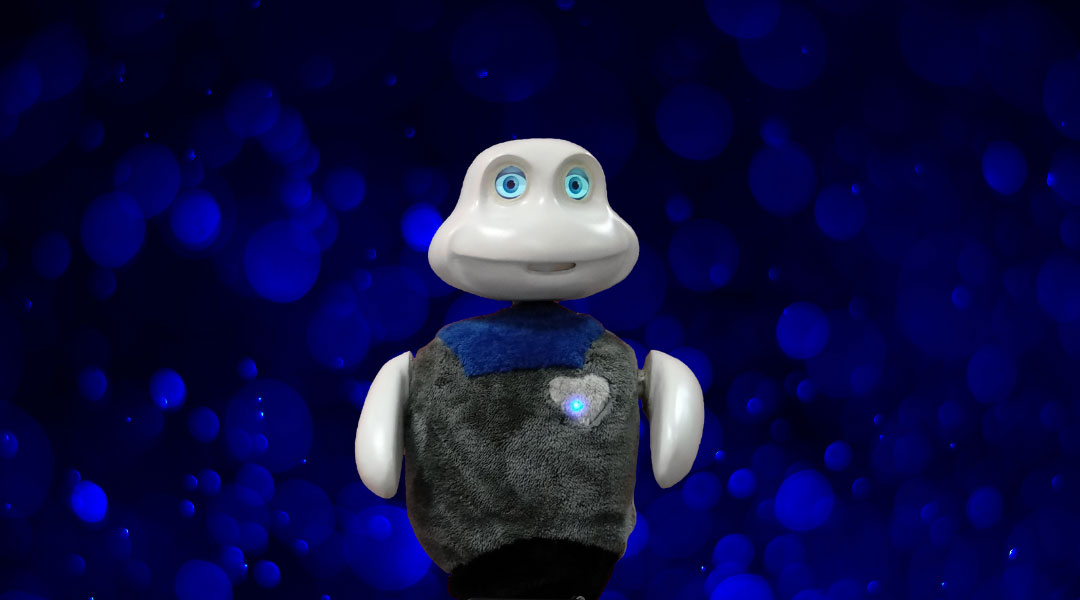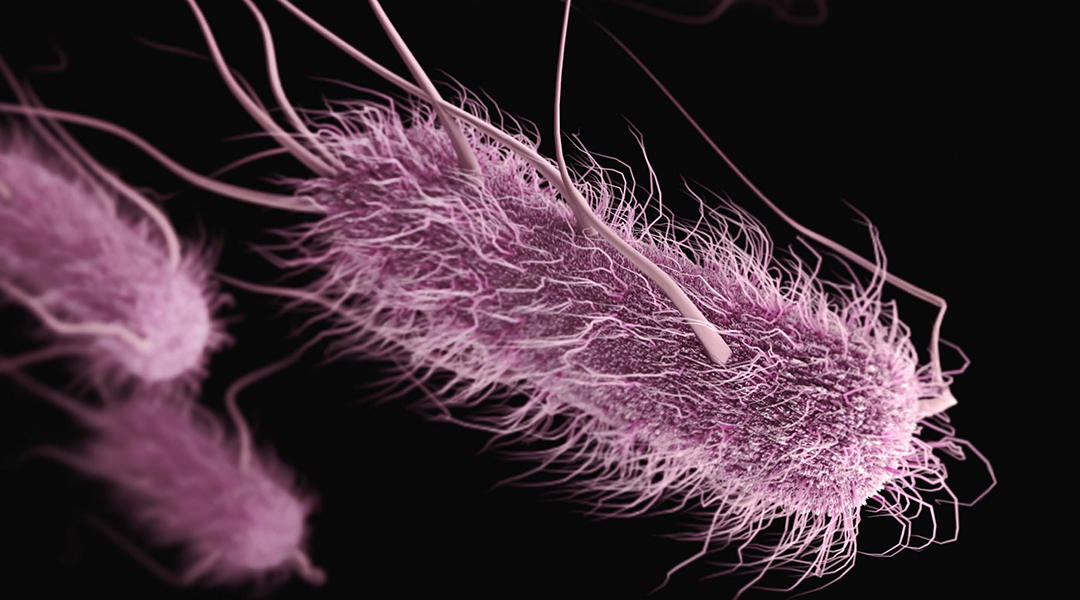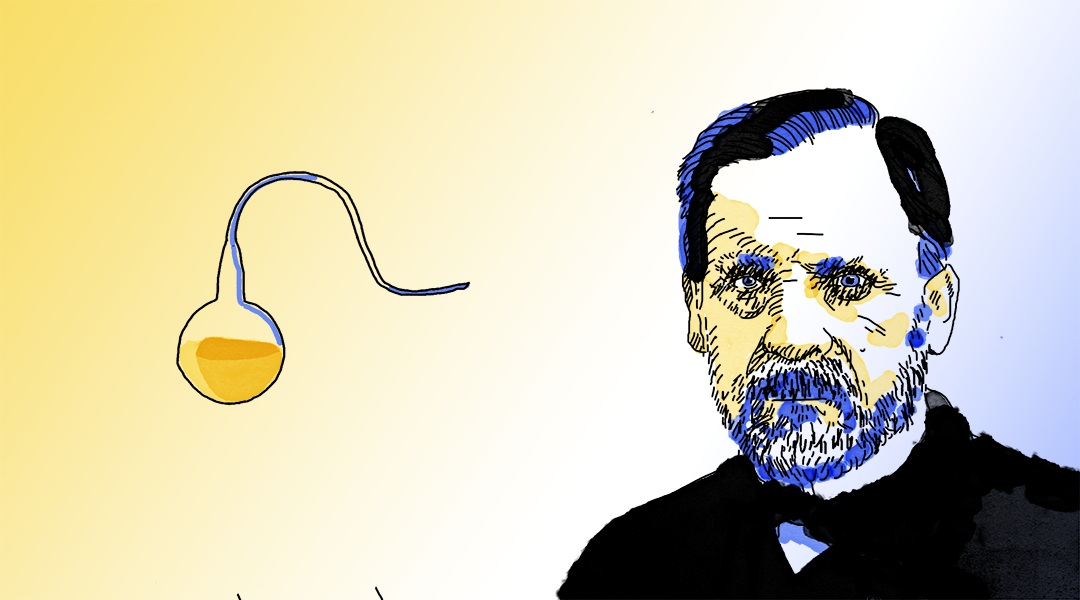Planting sunflowers in pollinator habitats can boost bee health by providing them with pollen that protects against intestinal pathogens.


Planting sunflowers in pollinator habitats can boost bee health by providing them with pollen that protects against intestinal pathogens.

An implantable hybrid device combines the benefits of two therapeutic approaches to help repair nerve damage.

A novel hydrogel component could increase the life cycle of cheap, safe, environmentally friendly, and energy-efficient batteries.

A new study finds that the quality of our relationships later in life can affect our chances of developing chronic disease.

To mimic the the interconnected structure of the brain, model organoids can be connected together into larger assemblies.

Modeling involuntary aspects of human behavior, such as blinking or even jet lag, might help build trust in robot-human interactions.

Though important, there are trade-offs to achieving the UN’s sustainable development goals when it comes to carbon capture and utilization.

Incorporating polymer skeletons inside bacteria stops them from replicating and results in cyborg cells that are half living, half artificial.

From pasteurization to the first manufactured vaccines, Louis Pasteur made breakthrough discoveries in disease prevention and public health.

Data collected between 2010 and 2020 shows that people are relocating away from hurricanes and heatwaves but towards fire-prone areas.